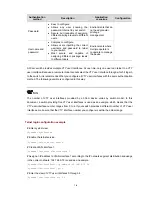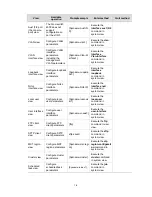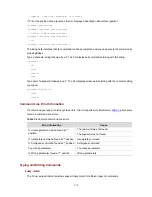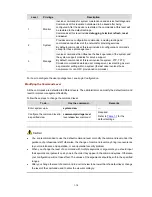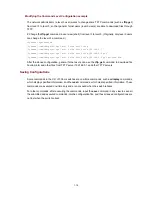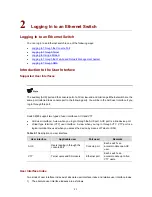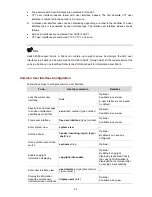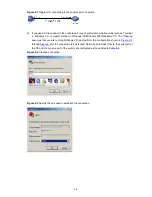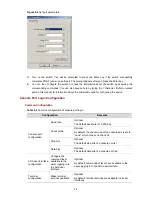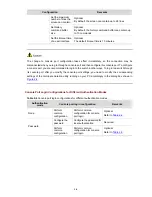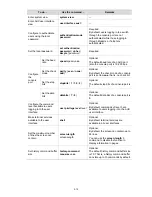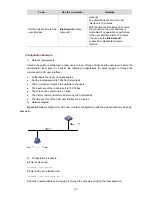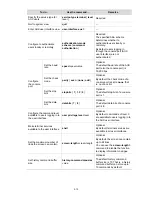
Modifying the Command Level Configuration example
The network administrator (a level 3 user) wants to change some TFTP commands (such as
tftp get
)
from level 3 to level 0, so that general Telnet users (level 0 users) are able to download files through
TFTP.
# Change the
tftp get
command in user view (shell) from level 3 to level 0. (Originally, only level 3 users
can change the level of a command.)
<Sysname> system-view
[Sysname] command-privilege level 0 view shell tftp
[Sysname] command-privilege level 0 view shell tftp 192.168.0.1
[Sysname] command-privilege level 0 view shell tftp 192.168.0.1 get
[Sysname] command-privilege level 0 view shell tftp 192.168.0.1 get bootrom.btm
After the above configuration, general Telnet users can use the
tftp get
command to download file
bootrom.btm and other files from TFTP server 192.168.0.1 and other TFTP servers.
Saving Configurations
Some commands in the CLI of 3Com switches are one-time commands, such as
display
commands,
which display specified information, and the
reset
commands, which clear specified information. These
commands are executed one-time only and are not saved when the switch reboots.
For other commands, after executing the commands, input the
save
command in any view to save all
the submitted and executed commands into the configuration file, and thus all saved configurations are
not lost when the switch reboot.
1-19


